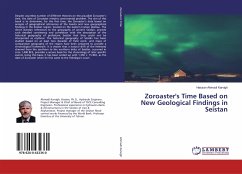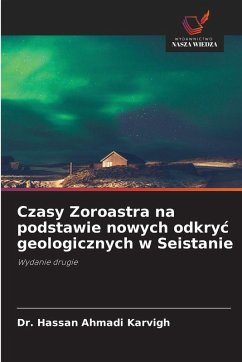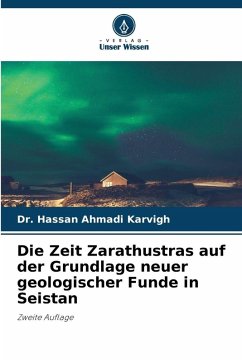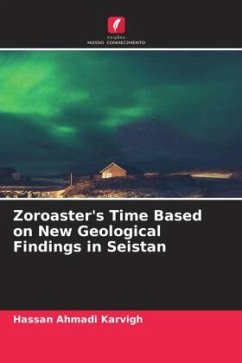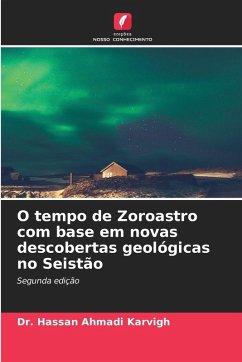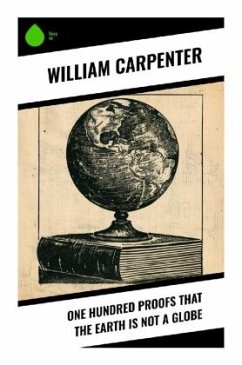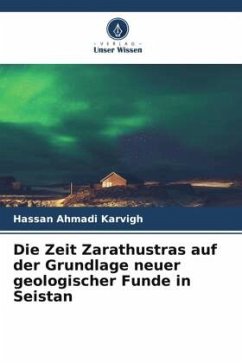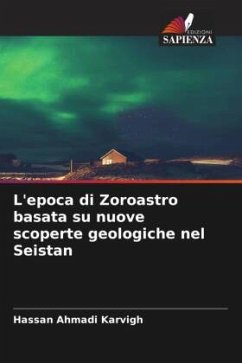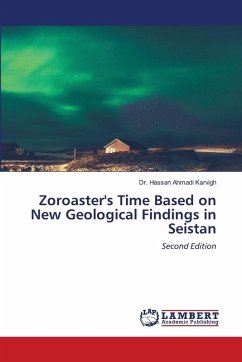
Zoroaster's Time Based on New Geological Findings in Seistan
Second Edition
Versandkostenfrei!
Versandfertig in 6-10 Tagen
45,99 €
inkl. MwSt.

PAYBACK Punkte
23 °P sammeln!
Despite the countless theories about the plausible time of Zoroaster, the exact date of his life remains a controversial issue. The aim of this book is to determine, for the first time, the date of Zoroaster based on an analysis of geographical references in the Avesta and new geographical findings in the Seistân region, located on the eastern Iranian plateau.The direct Avestan references to the geography of ancient Seistân provide such detailed consistency and correlation with the known historical geography of prehistoric Seistân that they cannot be interpreted as mythical. The historical ...
Despite the countless theories about the plausible time of Zoroaster, the exact date of his life remains a controversial issue. The aim of this book is to determine, for the first time, the date of Zoroaster based on an analysis of geographical references in the Avesta and new geographical findings in the Seistân region, located on the eastern Iranian plateau.The direct Avestan references to the geography of ancient Seistân provide such detailed consistency and correlation with the known historical geography of prehistoric Seistân that they cannot be interpreted as mythical. The historical geography of Seistân has been studied through at least two decades of fieldwork, and comparative geographical maps of the region have been prepared to provide a chronological framework.It is shown that a natural shift of the Helmand River from the southern to the northern delta of Seistân, which occurred around 1400 BCE, offers a reliable basis for dating subsequent events. Using this foundation, the date of Zoroaster's arrival at the court of Vishtâspa is established as approximately 1350 ± 15 BCE.



